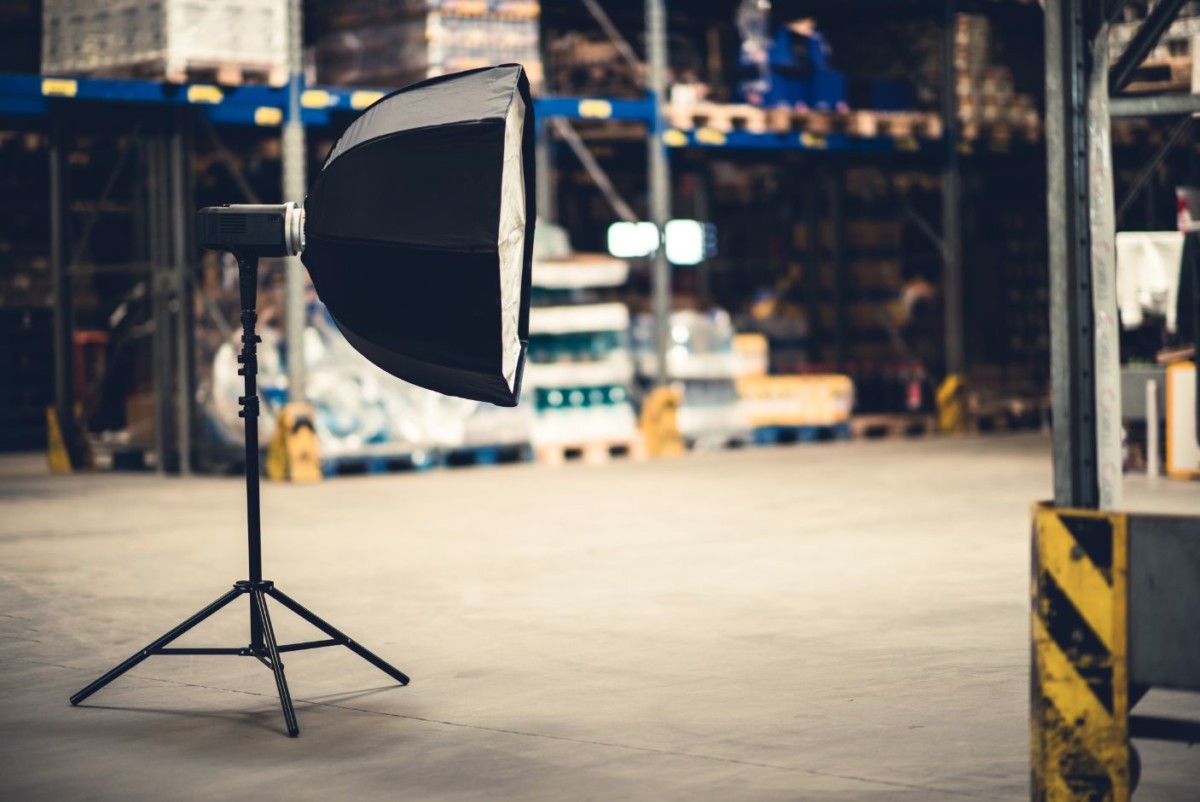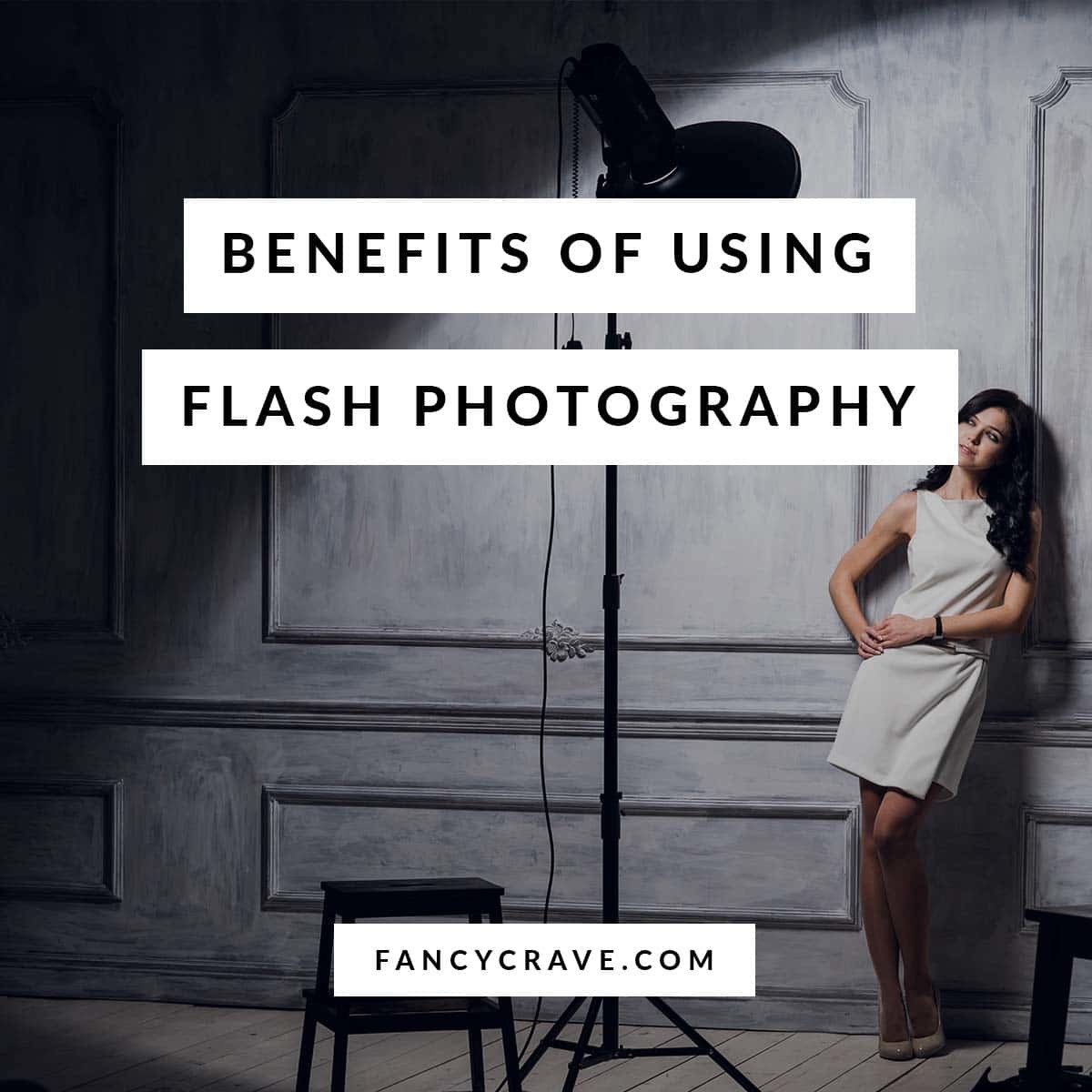When I was beginning my great photographic journey, I swore to myself never to use anything but the camera and lens itself to create the most beautiful images.
To be a 100% naturalistic or organic (assuming there is a word like that) photographer — that was my goal. I couldn’t understand the work philosophy of fellow artists that were using different speedlights and additional lamps in their studios or racking their brains about the best presets for Lightroom or Photoshop.
Flash photography was especially incomprehensible for me. I associated the use of flash only with really bad vacation photos, red reflexes in the eyes, and highlighted physical imperfections.
I thought that if you know your gear good enough, you won’t need any additional tools to camouflage your lack of skills. Yeah, I know — Vanity of a typical uneducated rookie.
Over time I realized that flash gives you endless possibilities for light manipulation and creating absolutely unique, stunning pictures. All you need is to get to know a couple of basic Speedlight photography rules and tips, read your photography gear’s manual carefully, and stimulate your imagination. Here are some tricks that helped me make friends with flash!
Countless Bouncing Possibilities

Most of you probably have heard of the bounce flash effect already. There’s not much to explain really — it’s all about redirecting the light of a flash unit on a surface that will bounce it onto a model. The fun begins when you start experimenting!
It’s much simpler if you’re using a hot shoe flash. The lamp is movable and you can use it either on-camera or off-camera (controlled with a special remote or connected to the camera with a sync cord).
The easiest exercise for beginners is to get one object and photograph it in different lighting, angles of light, and bouncing surfaces.
We all know that white color reflects light, and black absorbs it. This basic knowledge can help you with your artistic experiments a lot.
If you’ve tried to bounce flash from a white wall next to your model and the light was still too sharp, try to hang some colored material in the same spot. E.g., a light brown curtain will give you a much softer and warmer reflection. Also, the further the bouncing spot is, the softer the light will be.
Translucent Materials and Objects

Every translucent material can be a flash diffuser. Of course, you can get professional diffusers at photography stores. They are produced in the forms of clip-on overlays, reflectors that you can fix to a flash unit, small softboxes or even rubber sockets.
But let’s be honest — not every photography beginner can afford additional accessories. Plus, what’s the point if you can stimulate your creativity and come up with handmade frugal alternatives!
When I dove into the light-diffusing craze, I was trying every possible translucent material that got into my hands. My mom’s colorful scarfs, jars, coffee filters, cellophane… Everything.
The main advantage of using flash diffusers in photography is that the flash can be directed straight on an object or a model. The effect will be natural, soft light — no murderer’s eyes nor shining faces. Try to combine flash diffusers with bounce flash effect — it’s like painting with living light.
The Understanding of Light

All I was at the very beginning was just a kid with a camera and a huge ego. To accept the importance of flash I had to supplement my knowledge with a deep understanding of the role of light in art generally. I started studying paintings (i.a. Rembrandt’s work — the ultimate master of light) and black and white photography (Philippe Halsman above all).
Slowly, I also began to understand that it’s not always about the light-shadow contrast. Speedlight can help you make a wonderful mixture of natural and artificial light. You can either sharpen the object’s edges and someone’s facial features or smoothen them — with the same lamp!
Your camera and lens won’t always perceive the light and visual depth the same way as your eye. With flash, you can help your gear to bring out the best in the photographed scene or to create an image in a completely different spirit than in reality. Flash photography really is painting-like!
Before judging an unknown technique, try to understand why and how it was created. Maybe it was just you using it in the wrong way! Being or calling yourself an artist doesn’t discharge you from the obligation of educating yourself. Follow various photographers and read specialized feuilletons.
And remember — lack of professional gear doesn’t have to be an obstacle in your path of becoming a talented photographer. Develop your knowledge and creativity, and in the meantime save up for a better camera, new lenses, and different accessories.
Stay fearless and creative!

